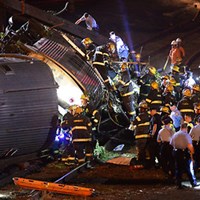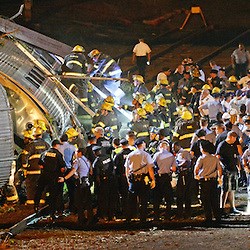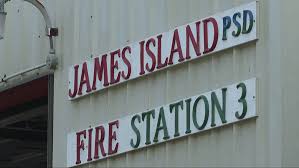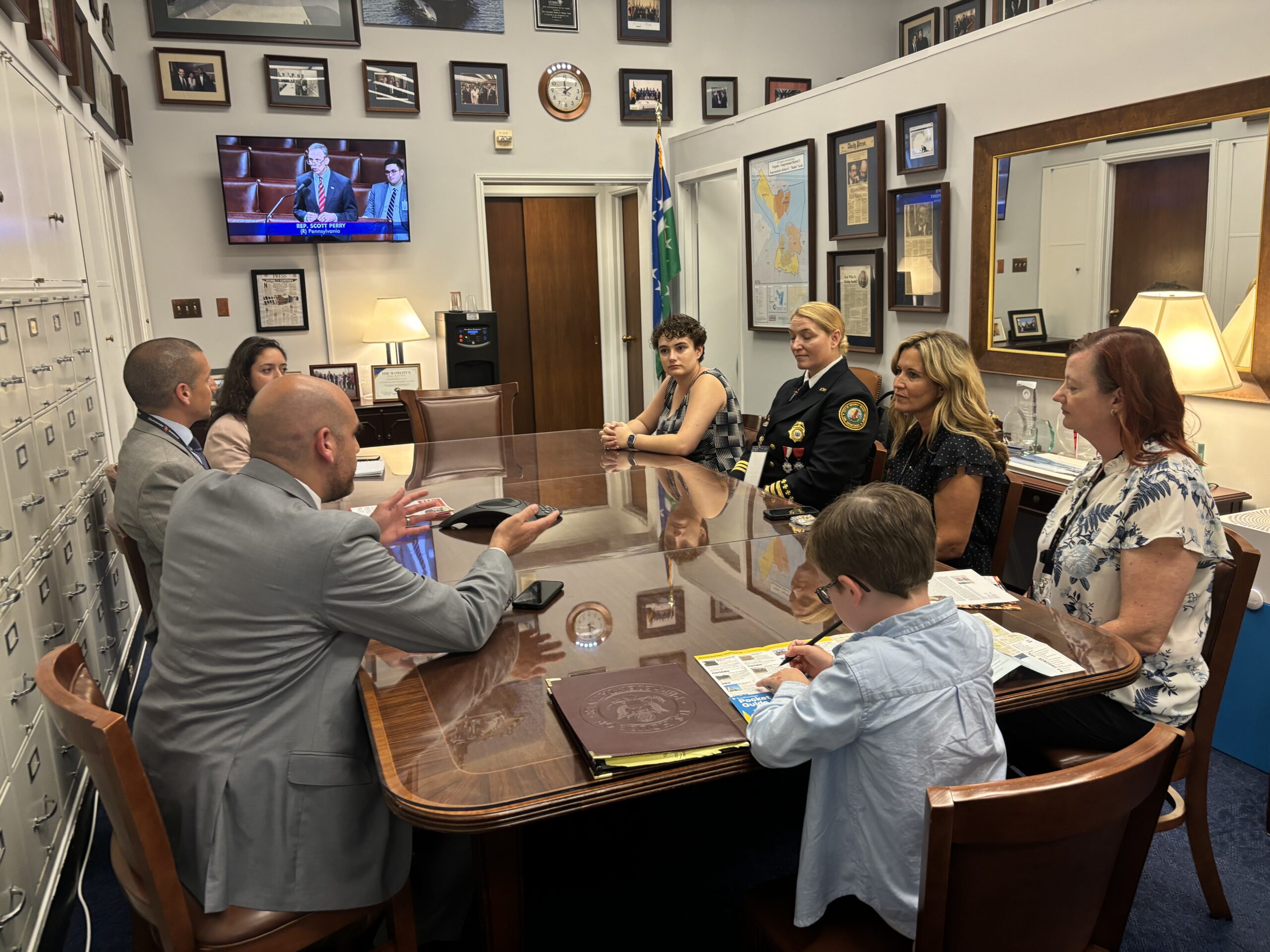The nearest fire station is just four blocks from the Frankford rail yard, a dense thicket of rail lines in North Philadelphia in constant use by Amtrak, Septa and freight rail companies such as Norfolk Southern. A scene of controlled chaos on most days, Frankford rail yard that night was a Level Five mass casualty event, a scene of near total darkness, twisted metal, fear and peril.
Though according to Joe Schulle, president of the Philadelphia Fire Fighters and Paramedics Union Local 22, the responding members knew exactly what needed to be done and got to it immediately.
The first decision made was to call Amtrak and have the entire Northeast Corridor shut down immediately. A southbound train rounding the blind corner would have no time to stop before ploughing into the derailed train of six passenger cars and one engine.

A triage area was set up one block from the incident. The rescue operation was split into two teams, one handling the east half of the train and the other handling the west half.
The rescue was hampered by a thicket of live 13,200 volt electrical wires dangling in and around the crash site. The incident commander on the scene said with relief that it was a miracle no one was electrocuted.
Also adding to uncertainty was the fact that the derailed train had come to a stop no more than 50 feet from several tanker cars. Fortunately, there was no fire in the derailment wreckage and the tanker cars were determined to be empty. Schulle says that no emergency responders were injured in the rescue operation.
Most of the injured were walking wounded, and many sought to assist in rescues, though for their safety they were escorted away from the rail yard. Teams of four were assembled to begin carrying the more seriously wounded out of the twisted maze of metal and then several hundred feet to the triage.
Eight passengers were killed, while the total number of wounded remains unclear. Some 236 passengers were listed on the train’s manifest, as well as five Amtrak employees. An undetermined number of passengers using a “Ten Pass,” which allows for up to 10 rides, had been aboard the train but not included on the manifest.

 When the call came in Tuesday, May 12, at around 9:15 p.m. about a train derailment in the Port Richmond neighborhood of Philadelphia, Local 22 fire fighters and paramedics were prepared and moved quickly to the scene.
When the call came in Tuesday, May 12, at around 9:15 p.m. about a train derailment in the Port Richmond neighborhood of Philadelphia, Local 22 fire fighters and paramedics were prepared and moved quickly to the scene.

